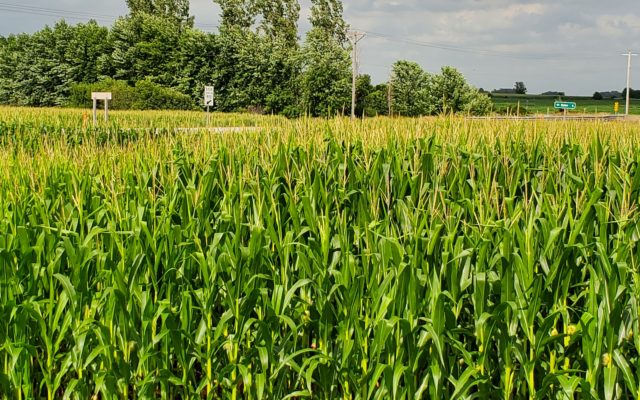Study: Devoting more land to biofuels could hurt endangered birds, animals

MADISON, WISCONSIN — A new study says converting more land to grow crops for biofuels may negatively affect wildlife protected in Iowa and elsewhere under the Endangered Species Act.
Researcher Tyler Lark, at the University of Wisconsin-Madison, authored the report which he says demonstrates the environmental consequences of expanding corn production.
“When you plow up a grassland to plant additional corn or switch from some other crops to something that’s more intensive, like corn production,” Lark says, “that generally results in greater nutrient pollution to waterways.”
The report highlights whooping cranes, Poweshiek skipperling butterflies and black-footed ferrets. Lark says these endangered species would likely be affected by the drainage of wetlands and conversion of grasslands for crop production.
“Identifying the issue is the first step and that’s what this work really aims to do, but we can’t stop there,” Lark says. “There are simple solutions available right now that can reduce or even reverse the impacts of bioenergy policy on threatened and endangered species.”
Lark says one solution is expanding cover crops on acres that grow corn for ethanol, which animals could use as habitat.
The executive director of the Iowa Renewable Fuels Association rejects the study.




